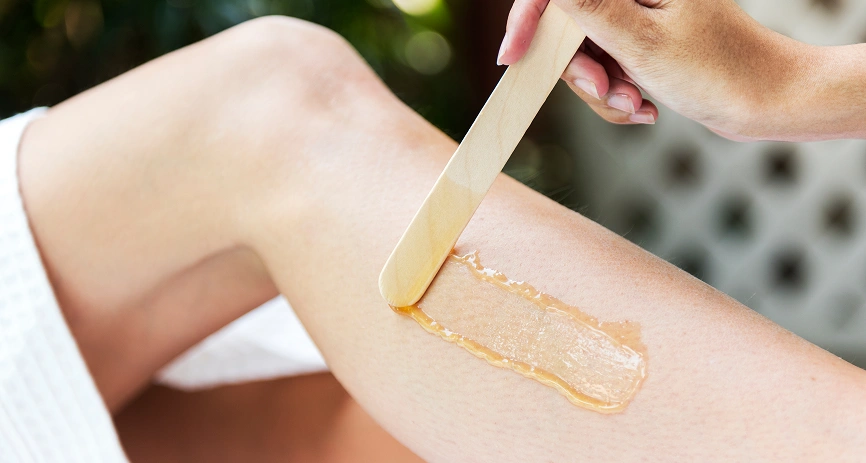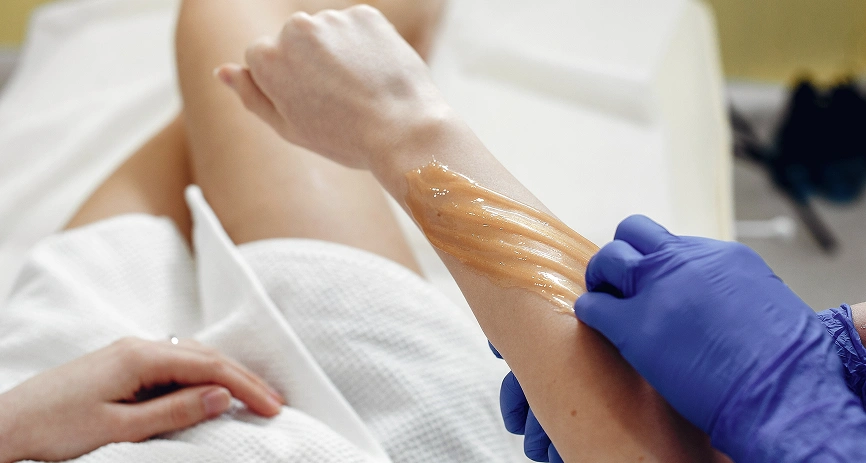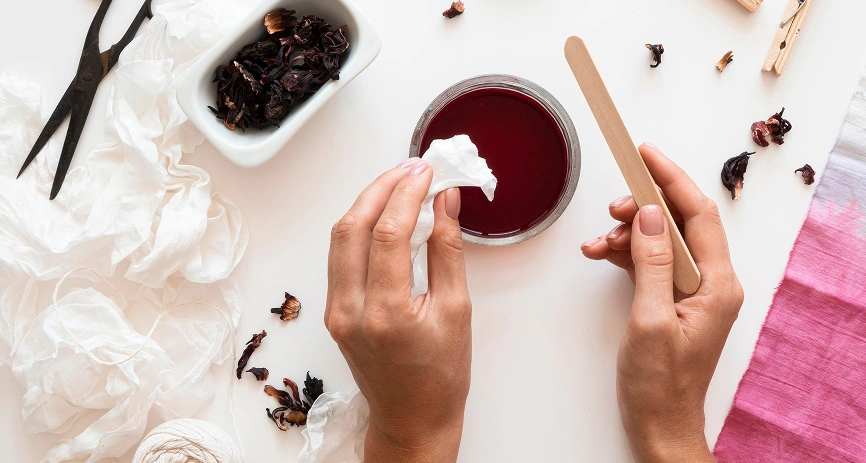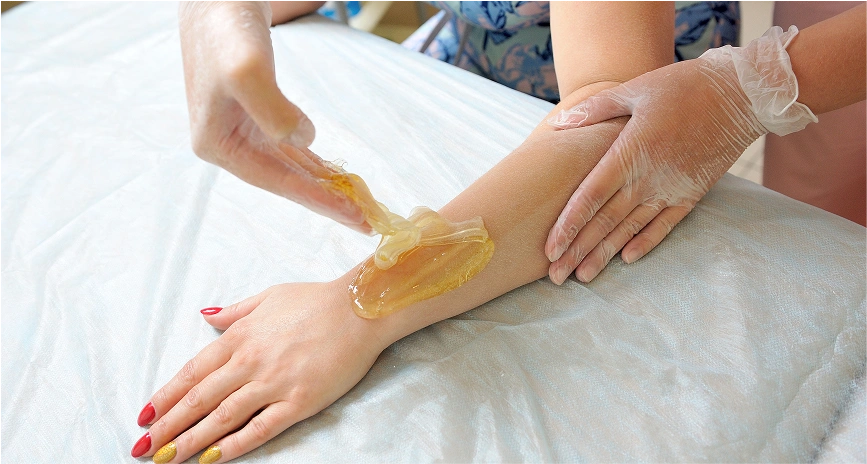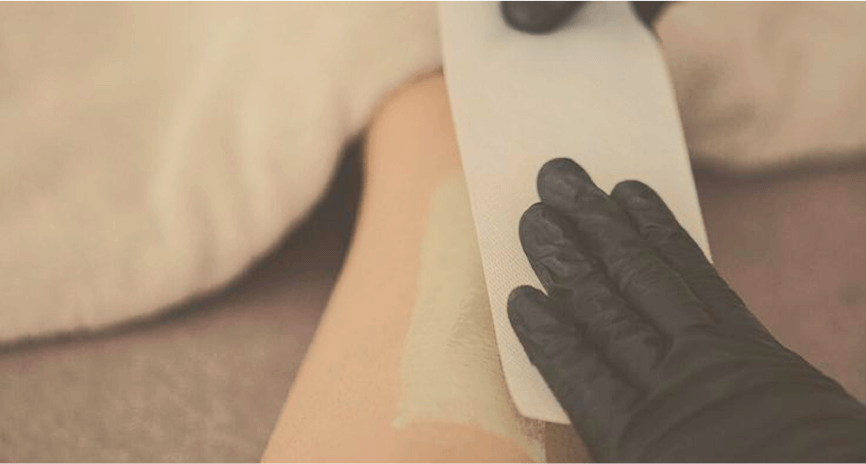Ever look in the mirror and think, “I need a change”? Maybe you’re over the razor burns. Maybe your skin is too sensitive to creams. Or maybe you’re just tired of the hair growing back faster than your patience. We get it; hair removal is a commitment, and not everyone wants to gamble on what works.
That’s where waxing becomes a smart choice. But with so many styles out there, it’s easy to feel unsure. Soft wax, hard wax, sugar, and fruit—they may all seem alike at first, but they’re not. Each one is made for different skin needs, and picking the right one can make all the difference.
In this blog, we’re keeping things clear and easy. Whether you’re new to waxing or just curious to try a different kind, we’ll help you figure out which one fits your skin, your schedule, and your comfort.
Smooth skin isn’t one-size-fits-all. The kind of wax you choose can change everything—from how it feels to how long it lasts. Whether you’re after something gentle, natural, or just less painful, here’s a simple breakdown to help you find what really works for you.
Best for: Legs, arms, back—large areas
Soft wax is what most people imagine when they think of salon waxing. It’s spread thinly over the skin, covered with a cloth strip, then pulled off quickly.
It’s efficient and works great for removing fine or thin hair. But since it sticks to both hair and skin, it can be a little harsh if you’re sensitive. If you’re going with soft wax, make sure you’re in expert hands—it really makes a difference.
Best for: Face, underarms, bikini line
Hard wax is a gentler option. It’s applied warm and allowed to cool and harden on the skin. No strips needed—once it sets, your esthetician will lift and remove the wax directly.
Because it grips only the hair (not the skin), it’s much kinder to delicate areas. If you’ve ever flinched mid-wax, this one’s likely your new best friend.
Best for: Dry or sensitive skin
Fruit wax contains natural extracts like berries, papaya, or plum that are rich in antioxidants. These ingredients help soothe the skin, reduce redness, and give a little post-wax glow. It feels a bit like getting a mini facial while removing hair. Ideal if your skin tends to overreact to stronger waxes.
Best for: All skin types, especially sensitive
This one’s an age-old method that’s still super popular. Made with just sugar, lemon, and water, sugar wax is as natural as it gets. It removes hair in the direction of growth (unlike most waxes), which means less breakage and fewer ingrowns. Bonus: it’s not as hot as traditional wax, so there’s less risk of burns.
Best for: Low pain tolerance or anyone who loves a little indulgence
Chocolate wax isn’t just about smelling like dessert—it’s packed with cocoa, oils, and skin-soothing agents. It hydrates while it works and is known to be less painful than regular wax. Perfect for days when you want smooth skin and a little self-care moment.
Best for: Sensitive, dry, or allergy-prone skin
Rica is a premium wax brand that skips colophony, the resin that can irritate the skin. Instead, it’s enriched with ingredients like aloe vera and argan oil to calm and protect. It’s more expensive, yes—but many swear it’s totally worth it. Especially if you often leave waxing sessions feeling red and raw.
Best for: Full bikini or intimate hair removal
A Brazilian wax removes most or all hair from the bikini area—front to back. It’s usually done using hard wax for better precision and less pain. The first time might feel intense (no sugar-coating here), but once you’re used to it, many say there’s no going back. Long-lasting and super clean.
When in doubt, ask your wax expert. A good esthetician will always consider your skin, hair type, and sensitivity before recommending the right wax.
Tired of shaving every few days or dealing with itchy regrowth and razor cuts? Waxing can be a much better option. It keeps your skin smooth for longer and saves you the daily hassle.


